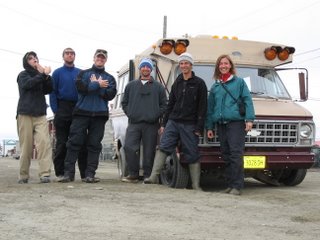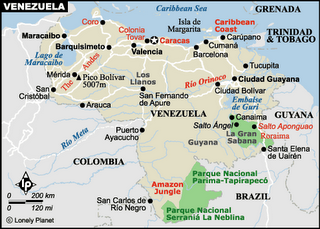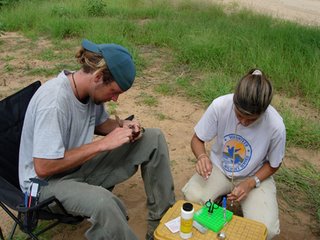i spent the spring of 2006 in south florida (miami) with the university of florida-gainesville studying wading bird breeding success and health. the everglades as you may know is a slow moving "river of grass" as Marjory Stoneman Douglas so eloquently put it. this huge living freshwater filter that has been drastically manipulated by agricultural (sugarcane) and developmental interests until it is become an environmental disaster. millions of gallons of freshwater are now diverted to the gulf and the atlantic leaving the "river of grass" a ball field of grass. fortunately the everglades project is now the most well funded wetlands restoration project in the world. this study was an annual index of the nesting success and general population numbers for breeding long legged, wading birds (egrets, storks, herons). days started before sunrise by airboating into huge colonies of birds and walking through on a weekly basis to record how many birds were breeding and how many chicks were fledging (successfully leaving the nest)

pretty drastic difference huh

airboating to the colony; we enter the rookeries early and spend only a hour in each because the intensity of the sun can overheat and kill the chicks if they are directly exposed to the sun without the shade provided by the adults

liz, becky, and john trudging through stinking, chest-high, gator infested swamp water, just another day at the office

standard measurements of bill length helps to determine age and how quickly chicks are growing

using a improvised mirror pole (a bike mirror taped to a telescopic pole) to check high nests for numbers of chick and eggs

using the mirror pole. we wore the blaze orange vest for the extra pockets not for the hunters

kate and liz weighing chicks in pillow cases

you thought i had bad hair!! these two great egret chicks are engaging in siblicide, where the nestlings fight to the death for the food that the parents bring to the nest. before the chicks open their eyes the chicks awkwardly slam their beaks into each others eyes and necks competing for scarce resources. one of the bird worlds common yet less glamorous behaviors.

roseate spoonbill chick with its distinctive pink coloration and rubbery soft bill

wood stork chicks; as they age the bills turn darker

this wasnt exactly sanctioned by work but catching small gators became a favorite pastime

sam with a huge florida red-bellied slider

sara and paul worked on a crew studying snail kites, an endangered raptor that has co-evolved with a certain snail (apple) and relies largely on them for its survival, another species adversely affected by the mismanagement of the everglades.

helping band fledgling snail kites with saras crew

we counted bird populations by aerial surveys in a small plane to get park wide estimates
 THE DUDE himself
THE DUDE himself ellen, me, nate, jimmy, ted, melissa after one of our rental vehicles broke down
ellen, me, nate, jimmy, ted, melissa after one of our rental vehicles broke down
 this is the end of a horrible cold i had, hope its not the bird flu
this is the end of a horrible cold i had, hope its not the bird flu

.jpg) team palila: top l to r; ian, josh, bobby, emily, me, i forgot, rob bottom l to r; jenn, sara, carter, dre, aran
team palila: top l to r; ian, josh, bobby, emily, me, i forgot, rob bottom l to r; jenn, sara, carter, dre, aran 

.jpg)
.jpg)
.jpg)
.jpg)
.jpg)
.jpg)






































